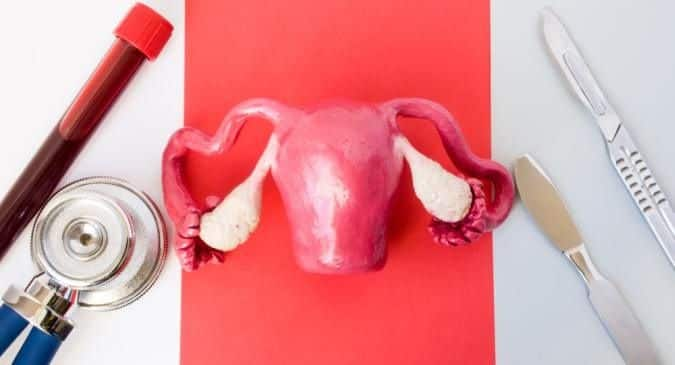How Does Leptospirosis Spread In The Body? Learn A-Z about Leptospirosis by Dr Saranya Narayan.
This is a zoonotic infection caused by a spirochete belonging to the genus Leptospira. Leptospirosis is ubiquitous and is resident in several animals, including rats, cattle, horses, and dogs. There are several different serovars of these leptospira, several of them being non-pathogenic to humans. Although the serovars vary with other population groups, those prevalent in Australia might not all be prevalent in India. Leptospira are shed in the urine of the infected animal into the environment. It can remain alive in stagnant and fresh water for up to 18 days. Therefore, the infection occurs more commonly in the rainy seasons, especially in tropical areas. Learn A-Z about Leptospirosis by Dr Saranya Narayan, Chief Technical Director & Microbiologist, Neuberg Diagnostics
How Does Leptospirosis Spread?
The leptospires are shed in these animals’ urine into the environment. They are transmitted from here to humans who work, wade or walk through contaminated water, most usually through cracks in the skin of the feet. There are several other methods of transmission, too, such as:
a) Transplacental spread
b) mother to foetus through the breast milk
c) Through blood transfusion, especially in areas where it is endemic
D) micro-aerosol inhalation.
Pathogenesis
On entry into the human host, the manifestation of infection depends on a variety of factors, such as:
- Infecting strain
- Quantum of infection
- Immune status of the patient
- Presence of any co-morbidity in the patient
Symptoms
Symptoms usually begin 4-5 days following the entry of the leptospira into the patient’s bloodstream. The illness is typically biphasic. Then follows a period of improvement, after which most people recover. However, some people go through the second phase when the symptoms exacerbate.
Symptoms of the first phase are as follows:
- Fever with cold and chills
- Fatigue and Malaise
- Muscle pains in calf and lumbar areas
- Headache
- Retro-orbital pain
- Mild skin rashes
- Loss of appetite
- Conjunctival suffusion
- Dry cough
These symptoms usually decrease in 3-4 days, and most patients(almost 90%) recover.
In the second phase, the symptoms exacerbate:
- Jaundice (Weil’s disease )
- Lower respiratory infections
- Cardiac failure in some
- Strokes in some
- Gillian Barre syndrome has also been reported in a few
- Compromised Renal function
Diagnosis
Specifically for Leptospirosis (Early stages)
1) Simplest most rapid diagnosis – Darkfield Microscopy by trained people to identify the typical motility of the Leptospira
2) PCR for Leptospirosis in blood, urine &CSF
3) Serological tests
a) IgM Ab – titre should show a 2-4 fold rise in titre in paired samples taken a week apart
b) MAT – Microscopic Agglutination Titre- using specific locally prevalent strains. Titre greater than 1:200 or a 4-fold rise between the first and 4th week is considered significant.
However, this requires that the strains be maintained, and if the infection happens to be caused by a new strain, not previously a resident, it can go undiagnosed.
Other tests to identify the extent or severity of infection – if warranted include:
- CBC
- Coagulation studies
- Liver function tests
- Renal function tests
- CSF analysis
- US of the biliary tract
- Tests to rule out the concomitant disease with Typhoid, Dengue etc
- Chest X-Ray
- ECG
Treatment
- In mild cases, Paracetamol: Antibiotics are usually not required as it is self-limiting most often. However, if needed to reduce the duration of leptospirosis, the antibiotics used are Doxycycline, Amoxycillin, Azithromycin or Clarithromycin.
- More severe: Penicillin 6th hourly is the drug of choice in more severe cases, subject to allergies, followed by Intravenous Cephalosporins, Amoxycillin, Ampicillin or Erythromycin.
Differential Diagnosis
- Dengue
- Malaria
- Influenza
- Typhoid
Prevention
- Ensure no stagnation of water
- Wear covered footwear, especially when wading through pools of water
- Protective footwear – a must for pineapple plantation workers
- Avoid swimming in potentially contaminated water
- Avoid participation in adventure sports when there are already cuts and abrasions on the skin. Home And More | How Does Leptospirosis Spread In The Body









